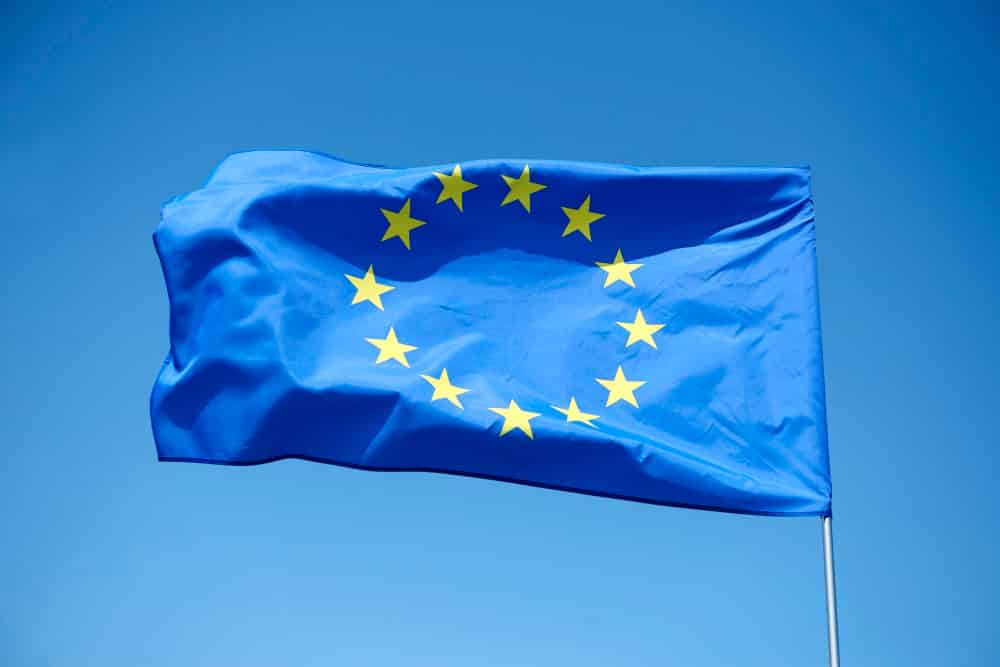The European legislature is moving across the board to regulate anything that may have to do with cryptocurrencies and, more generally, with all crypto-assets.
The aspects that seem to be closest to the heart of the Union’s legislative bodies are those related to market transparency, the protection of savers and investors, and combating the use of cryptographic assets to launder proceeds from illegal activities or to finance illicit trafficking and terrorism.
A package of measures, in the form of European regulations, has been implemented to achieve this goal.
Summary
The passage of MiCA in Europe

The best known is probably the MiCA (Market in Crypto-Assets) Regulation. But there are others in the pipeline or already approved covering the various areas of disciplinary interest, which for different reasons, have been the talk of the town.
Just to give a brief overview, MiCA has not yet reached adoption and is therefore not yet in force, but just in the past few days, it has reached a significant milestone because an agreement has been reached on what the final contents of the regulation will be, at the outcome of a phase called trilogue, in which Parliament, Council, and the European Commission are involved.
Another crucial regulation that is now in the home stretch is what is known as the TFR or Transfer of Funding Regulation: a regulation through which anti-money laundering measures are to be implemented in the context of fund transfer transactions and which also aims to regulate transfers of funds operated through cryptocurrencies.
There has been a lot of discussion about this regulation because it aims to apply a set of measures and restrictions to cryptocurrency transfers that are decidedly deteriorating compared to those for fiat currency transfers operated through banking or financial intermediaries.
But there is another piece of legislation, which has been little talked about to date, but which has some importance in the puzzle of pending European legislation that will affect the entire cryptocurrency and crypto-asset sector.
The regulation that sees cryptos as simply financial instruments
That’s Regulation No. 858/2022, which, having passed the adoption stage, entered into force last June 22.
This regulation aims to introduce a pilot regime on the use of distributed ledger technologies and to regulate those crypto-assets (expressly excluded from the scope of MiCA) that have connotations and characteristics to make them qualify, in terms of European regulations and principles, as financial products or instruments.
And this is also by making several amendments to previous Regulations (EU) No. 600/2014 and (EU) No. 909/2014 and Directive 2014/65/EU.
The focus of this new European regulation is to set some new rules and make others that already exist applicable to the case where crypto assets take on substantive characteristics and functions such that they behave or are used as instruments of a properly financial nature. That, with only the additional feature of being moved, transferred or stored through distributed ledger technologies (DLT) and, therefore, through a blockchain.
The tokenization of physical and real assets
One of the reasons why this regulation assumes great importance is that it actually addresses a widespread phenomenon. Namely, that of so-called tokenization, which is the practice of grafting assets that would ordinarily be traditional within blockchain-based infrastructures.
That, for example, occurs when rights are embedded or an attempt is made to embed their digital representation in a cryptographic token on a blockchain.
This regulation, therefore, is in a strategic position. And that is, at the point of exact convergence between the conventional business world and the crypto world.
It is news these days that just in Italy, the buying and selling shares of an unlisted S.p.A. (the Dandelion S.p.A.) were executed employing the Hyperledger blockchain and the Fleap Digital Company platform, developed by the startup Sandbox.
Without going into the details of this latest transaction, this tells us a lot about how these two dimensions continue to come closer despite structural distrust and many regulatory hurdles.
The regulation of blockchain technology
Moving on to examine the regulatory content of this regulation, it first deals with the technological basis on which operations, tools, and activities rest.
The legislature has chosen to deal with the issue through a form of empowerment of operators with regard to the security features of the technological infrastructure, programs and equipment, and the entire device.
The European regulation places on the operators, first of all, full responsibility concerning the technological adequacy of platforms, smart contracts, etc., and then a series of obligations in terms of transparency for the benefit of users about the characteristics and modes of operation.
But the crux of the regulation, however, lies in the fact that to the extent that assets and related transactions are to be recognized as financial, then the obligation for operators to obtain specific authorization is triggered.
The 3 different types of distributed registry dealt with in the regulations
The regulation categorizes trading systems using distributed ledger technology essentially into three types: multilateral trading facilities DLT (MTF DLT), securities settlement systems DLT (SS DLT), and trading and settlement systems DLT (TSS DLT).
In the intentions of the European legislator, the authorization regime envisaged for these types of operators should, to some extent, replicate that already envisaged, again at the European level, for classical financial operators. Therefore, those carrying out similar activities, however, on traditional, non-crypto assets.
The regulation, however, is structured so as to leave many questions of interpretation and application, which could translate into several problems on a practical level.
First of all, a case study of possible exemptions and waivers from the authorization requirement is provided. Of these exemptions, however, it is not easy to understand when exactly the conditions for application are met.
This assessment, therefore, is left to national authorities.
Symmetrically, also on the side of the issuance of specific permits, the European standard establishes certain minimum prerequisites. However, just as with exemptions, it leaves the national authorities the task as much as to assess in concrete terms whether or not to grant them.
The mechanism thus conceived within a regulation (i.e., the self-executing source of European law by definition) can be a source of problems.
Indeed, to the extent that clear and objective criteria are not established for the national authorities to follow, this effectively entails giving them broad discretionary power.
Hence, first and foremost, there is the risk that the authorities of each member state will proceed to issue or grant exemptions based on different criteria, more or less stringent than those applied by another member state, even with the same prerequisites and conditions.
Lack of a clear regulatory framework for all
The lack of objective benchmarks, then, implies the risk of significant limitations in terms of the ability to review, and thus judicial protection, by those facing possible denials.
Another issue: as noted, the choice was made in the regulation not to define a technological standard, in terms of minimum characteristics, on DLT infrastructure and especially on smart contracts.
Instead, the European legislator preferred to shift responsibility for the adequacy of the technological infrastructure to the operators.
It can be recalled that in Italy, precisely on this specific issue, the legislature had made a structurally different choice: in the so-called Simplification Decree of 2018 (i.e., DL 135/2018), the legal value of DLT and smart contracts was recognized on condition that a certain technological standard was met.
A technological standard that should have been established at a general level with special AgID guidelines.
This different kind of choice has the merit of imposing a framework of objective conditions established by a third party (the AgID) without leaving the ball in the direct hands of the interested party.
Of course, in the best Italian tradition, the guidelines (which should have been issued within 90 days) to date, after more than 3 years, have not been approved, so the rule, while innovative and ahead of its time, has remained entirely unimplemented.
That, however, is another story, and it is difficult to determine today which of the two legislative choices can produce more positive results.
Implementation practice will tell us.
Conclusions on the European legislative situation in crypto
Summing up, the effort of the European legislature to create a comprehensive regulatory framework on cryptocurrencies, crypto-assets, and crypto-activities is evident.
What is being structured, however, is an aggregate of norms that, on the one hand, imposes increasingly capillary constraints on activities that are carried out employing cryptographic techniques, one would say, by the mere fact that cryptographic techniques are used.
On the other hand, precisely where a contribution of clarity and unambiguous and homogeneous guidance would be needed from the regulatory framework, such guidance is lacking.
NFT, DeFi, algorithmic and asset-backed stablecoins seem to be terrains into which the European legislator has enormous difficulty delving.
To this day, no provision has yet been produced that would allow one to navigate with certainty on the correct application of VAT regimes (i.e., the harmonized tax par excellence) on cryptographic assets and activities other than those falling under the strict definition of virtual currencies.
In short, the whole framework taking shape seems progressively more and more functional to protect the world of conventional finance that so fears decentralization.
All this despite the petitions of principle contained in the copious “Considering” that precede these regulatory bodies.
So the question is: Who really dictates the plan of priorities to the European legislature?


